Table of content
Corn, or Zea mays, is a beloved staple in kitchens worldwide, celebrated for its sweet flavor, versatility, and nutritional benefits. Whether enjoyed fresh off the cob, grilled to smoky perfection, or incorporated into soups, salads, or casseroles, mastering the cooking time for corn is essential to achieve tender, juicy kernels. This article delves into the science and techniques behind cooking corn, exploring factors that influence cooking duration, methods to elevate its taste, and tips to avoid common pitfalls. By the end, you’ll have the knowledge to cook corn to perfection every time.
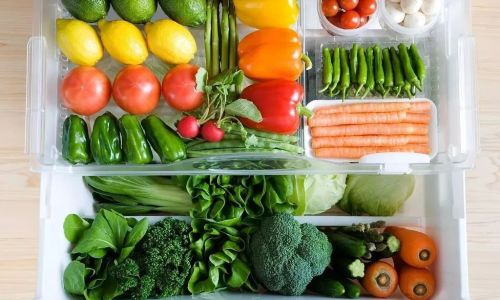
The Basics of Corn Cooking
Corn’s cooking time varies based on its freshness, size, and the method used. Freshly harvested corn, still plump with moisture, cooks faster than older or dried varieties. The age of the corn is critical: as kernels age, their natural sugars convert to starch, altering texture and cooking requirements. A general rule of thumb is that fresh corn requires 5–10 minutes of cooking, while older or frozen corn may need slightly longer. However, this timeline is not one-size-fits-all. Let’s explore the nuances.
Cooking Methods and Timeframes
Boiling Corn
Boiling is the most common method, prized for its simplicity and speed.
- Steps:
- Peel the husk: Remove outer layers and silks.
- Prepare water: Fill a large pot with enough water to submerge the corn. Add a pinch of salt or a teaspoon of sugar to enhance flavor.
- Boil: Bring water to a rolling boil, then add the corn.
- Cook: Reduce heat to medium and simmer.
- Time: 5–7 minutes for fresh corn. Overcooking risks mushy kernels.
- Tip: For frozen corn, add 2–3 extra minutes.
Grilling Corn
Grilling imparts a smoky char, elevating the corn’s natural sweetness.
- Steps:
- Prep the corn: Leave the husk on for steam-grilling or remove it for direct charring.
- Soak (optional): If grilling in the husk, soak corn in water for 30 minutes to prevent burning.
- Grill: Place over medium heat, turning occasionally.
- Time:
- Husk-on: 15–20 minutes.
- Husk-off: 10–12 minutes, until kernels are tender and lightly charred.
Steaming Corn
Steaming preserves nutrients and moisture, ideal for delicate flavors.
- Steps:
- Set up a steamer: Use a pot with a steamer basket or a colander over boiling water.
- Place corn: Arrange ears in a single layer.
- Cover and cook: Steam until tender.
- Time: 8–10 minutes for fresh corn.
Microwaving Corn
The quickest method, perfect for busy weeknights.
- Steps:
- Prep the corn: Leave the husk on or wrap in damp paper towels.
- Microwave: Cook on high power.
- Time:
- Husk-on: 3–5 minutes per ear.
- Husk-off: 2–3 minutes per ear.
Oven-Roasting Corn
Roasting concentrates flavors, creating caramelized edges.
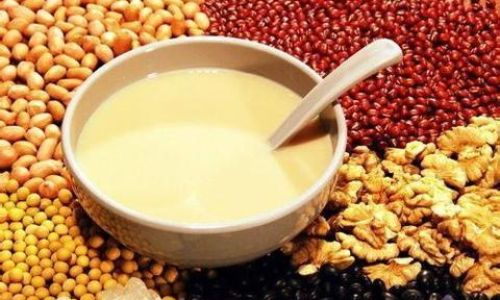
- Steps:
- Prep: Shuck corn, brush with oil, and season.
- Roast: Place on a baking sheet at 425°F (220°C).
- Time: 20–25 minutes, flipping halfway.
Factors Influencing Cooking Time
-
Freshness:
- Fresh corn: Cooks faster due to high moisture content.
- Aged corn: Requires longer cooking to soften starch.
-
Size and Quantity:
- Larger ears or multiple cobs in a pot increase cooking time.
- Avoid overcrowding the pot to ensure even heating.
-
Altitude:
At high altitudes, water boils at lower temperatures, extending cooking time.
-
Starting Temperature:
Frozen corn needs thawing or extended cooking.
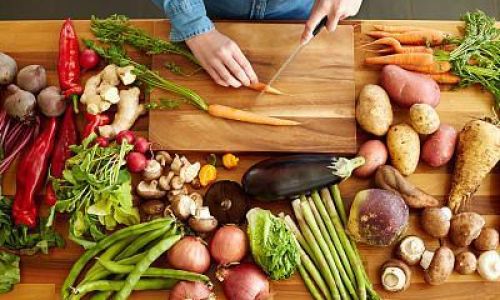
Signs of Perfectly Cooked Corn
- Visual cues: Kernels turn bright yellow and plump.
- Texture test: Pierce a kernel with a knife; it should release milky liquid.
- Taste: Sweet, tender, and not starchy.
Common Mistakes to Avoid
- Overcooking: Results in mushy, flavorless kernels.
- Undercooking: Leaves kernels crunchy and starchy.
- Skipping salt/sugar: Neutralizes corn’s natural sweetness.
- Overcrowding the pot: Causes uneven cooking.
Enhancing Flavor: Additions and Techniques
- Herbs and Spices: Add thyme, bay leaves, or smoked paprika to boiling water.
- Butter and Aromatics: Baste grilled corn with garlic butter or herbs.
- Citrus Zest: Squeeze lime or lemon juice post-cooking for a tangy kick.
- Cheese and Spices: Sprinkle grilled corn with cotija cheese, chili powder, and lime (elote style).
Storing and Reheating Cooked Corn
- Refrigeration: Store cooked corn in an airtight container for 3–5 days.
- Freezing: Blanch ears for 4 minutes, cool, and freeze for up to 6 months.
- Reheating:
- Oven: Wrap in foil and bake at 350°F (175°C) for 10–15 minutes.
- Microwave: Heat on medium power for 1–2 minutes.
- Grill: Reheat over low heat for 5–7 minutes.
Cultural Variations and Recipes
Corn’s adaptability shines in global cuisines:
Mexican Elote (Grilled Street Corn)
- Ingredients: Cooked corn, mayonnaise, cotija cheese, chili powder, lime.
- Method: Grill corn, slather with mayo, roll in cheese, and sprinkle with chili and lime.
Creamed Corn Casserole
- Ingredients: Cooked corn, heavy cream, butter, herbs.
- Method: Simmer corn in cream until thickened, then bake with a breadcrumb topping.
Corn and Tomato Salad
- Ingredients: Cooked corn, cherry tomatoes, red onion, basil, balsamic vinaigrette.
- Method: Toss ingredients and chill for a refreshing side dish.
The Science Behind Corn Cooking
Corn’s starch granules absorb water during cooking, swelling and softening the kernels. Heat disrupts cell walls, releasing sugars and creating a tender texture. Overcooking breaks down starch further, leading to a gluey consistency. Balancing time and temperature is key to preserving the corn’s integrity.
Sustainability Tip: Using Every Part of the Corn
- Cobs: Simmer in water to make corn stock for soups.
- Husks: Use as biodegradable packing material or compost.
- Silks: Brew into a herbal tea for digestive benefits.
Conclusion
Cooking corn to perfection is an art that balances time, technique, and intuition. Whether boiled, grilled, or roasted, understanding the factors influencing cooking duration—such as freshness, size, and method—ensures consistently delicious results. Experiment with flavors, embrace global recipes, and savor the versatility of this golden grain. With practice, you’ll master the delicate dance of heat and time, transforming simple corn into a culinary masterpiece.
Final Tip: Always trust your senses. A perfectly cooked ear of corn is a testament to patience and care—qualities that elevate even the simplest dishes into memorable meals.
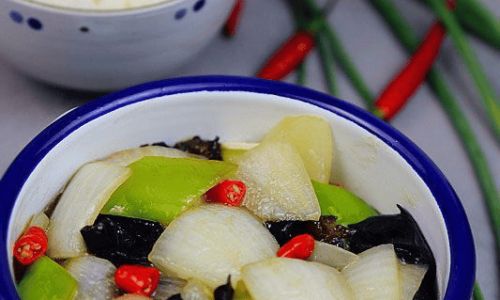

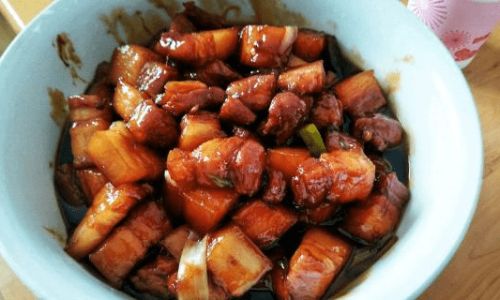
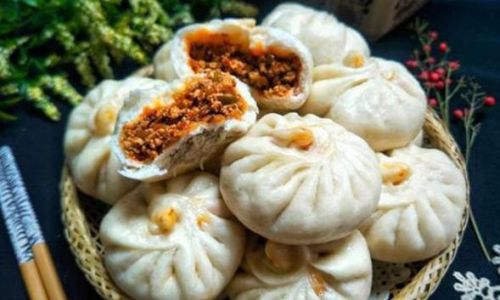
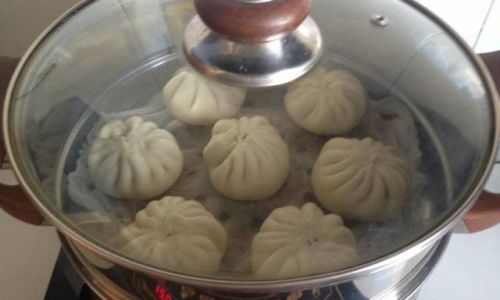
0 comments